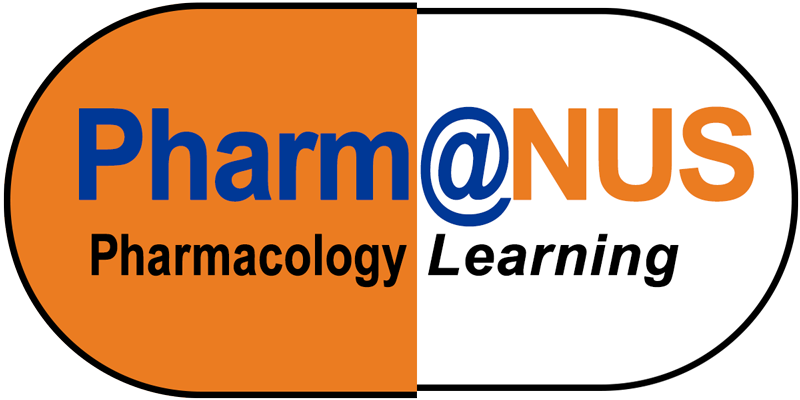Non-selective beta-blockers (e.g. timolol) and beta1-adrenoceptor selective beta-blockers (e.g. betaxolol) can reduce intraocular pressure in glaucoma. But I read online that the adrenoceptors in the ciliary body of the eye, which regulates aqueous humour production, are beta2-adrenoceptors. So why are beta2-adrenoceptor selective beta-blockers not used to treat glaucoma?
Glaucoma is a group of eye diseases associated with optic neuropathy and progressive loss of retinal ganglion cells resulting in visual field loss, and irreversible blindness if left untreated (Jacobs, 2019; Weinreb and Khaw, 2004). In some forms of glaucoma, intraocular pressure (IOP) is elevated and likely contributes to damage to the retinal ganglion cells and their axons exiting the eye via the optic nerve. Drugs that reduce IOP have helped to slow the progression of visual field loss in glaucoma.
We can use topical application of beta-blockers to reduce IOP (although topical prostaglandin F2alpha analogues are now usually the first-line choice for pharmacological reduction of IOP). Both non-selective beta-blockers (e.g. timolol) and beta1-adrenoceptor selective beta-blockers (e.g. betaxolol) can reduce IOP when applied topically to the eyes. They are thought to work by blocking beta-adrenoceptors in the ciliary body to reduce the production of aqueous humour and so reduce IOP.
